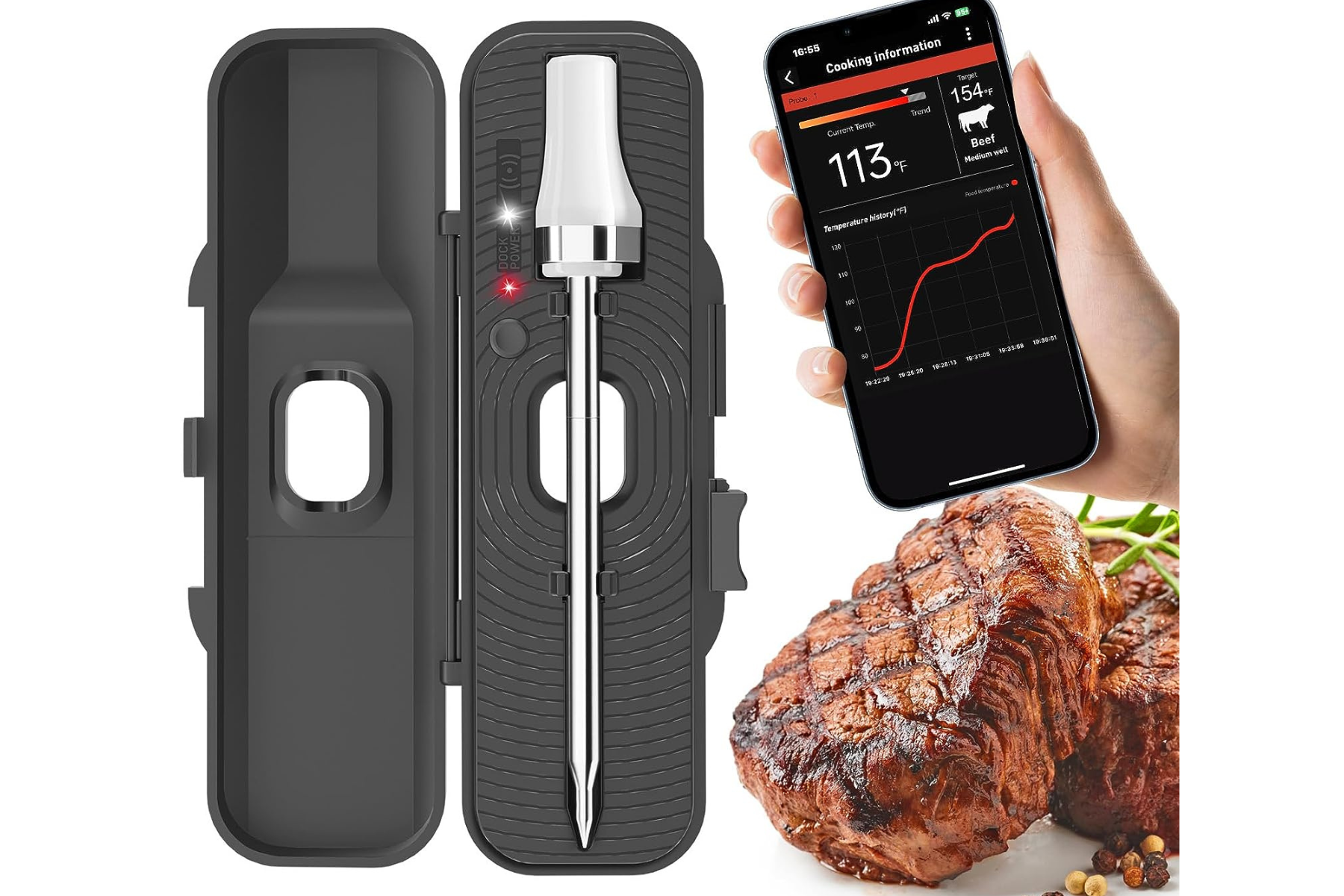So in the beginning of our exhaustive journey to access the internet, most of us started with a simple email address accompanied by some weak password like “Password1”. No multi-factor authentication, no automated phone call or text to your phone nothing other than a simple password that you would never forget because you really never needed to create such a thing.
So, now you have an email address and a password, and that’s where the password excursion begins. Before you know it, someone will send you a link to a Facebook post, or maybe a link to a cute picture of a kitty on Instagram, or perhaps a Pinterest profile. Loe and behold, you can’t see any of that content, because you need to log in to those platforms in order to view their content. You need to create an account with a new user name and a new password, and on and on and on… In order to register, you typically use your email address and hopefully a different password. In some cases you will be asked to make up some cute nickname to use in that particular site. Now you have yet another set of credentials. Somehow after a couple of years of online user names and passwords, you now have a few dozen credentials to just as many websites. The question becomes obvious. What do you do with all those online accounts, and how do you manage and keep them secured?
Statistically speaking, the average user has around 90 online accounts, so unless you use the same login credentials for everything, (not something that is recommended or safe) you will not remember all those passwords. Sure, there are services you can sign up for in order to keep your growing number of credentials safe. But there is also a couple of free methods for managing passwords safely and securely. The bests way to manage password is to stay on top of them as you create them, we know it’s tedious to create an account for some online website or service, then immediately go to another application to store those credentials, but guess what? the sooner you get accustomed to doing so, the sooner you’ll feel confident that you’ve started a process that will undoubtably serve you in the future. Before I tell you our preferred service for password management, we will be outlining a free method that is widely used these days.

-This method works on both iOS and Android.
In order to access your locked mobile device, you must use one of several methods to unlock it, be it facial recognition, your fingerprint or a numeric code. But therein lies the answer, no one but you should be able to access your personal phone, and without having access to the phone, no one has access to your contacts.
Which is precisely the best location to store all your user accounts. If you’re using an iPhone, you can create an account as a contact and enter any information you need to under that contact, be it Amazon, LinkedIn, Twitter, Mary, John or Cindy I immediately open my contacts application and enter all of the pertinent information. If I open up an amazon account and feel that I need to remember a person I spoke with or perhaps a service expiration date like amazon prime, I can record that information there as well. If I have a bank card (debit or credit), I record the name of the bank the email address and password I used to create the online account additionally I go a step further and enter the credit card number as well as the security code and the expiration date in case I don’t have the physical cards with me. If I have some type of promotional date or expiration date, or any date that is significant to that account, I will enter it on that same contact as well and it’ll cross over to my calendar thus setting a reminder that will alert me based on my settings. *(similar process for Android). The great thing about the contacts app on your phone is that depending on how you have it set up in system preferences, your contacts will sync with your online iCloud account and therefore be available on any device that uses the same account e.g., iPad, iPhone, Mac Computer etc.
If you’re going to use a service that charges you a monthly fee for online access/storage for your user account data, we find that there is no other service that is as secure as Apple and their online iCloud storage arena. Of course, your phone’s contacts app is not a password storage application, however the available options to the Apple ecosystem far exceed any third party application that you would otherwise pay for.
But if you absolutely must use a third party service for your password management, here is our top pic for a popular application that works on all platforms (Mac, PC, Android, and iOS.
The are know as Dashlane
Dashlane has been providing services globally since 2012. Here are some of the features they offer:
Secure password storage
Auto-login on favorite websites
Generate and change passwords in seconds
Autofill forms across the internet
Make online shopping easy with saved credit cards and receipts in your digital wallet
Remember, nowadays there are many online services that offer the most secure and robust platforms for online password management. But the security of your accounts always starts with you, learn about your options and best practices when using the internet and frequently visited websites and while you engage common sense practices, you’ll feel confident that you are at the very least taking steps to secure your digital environment.








